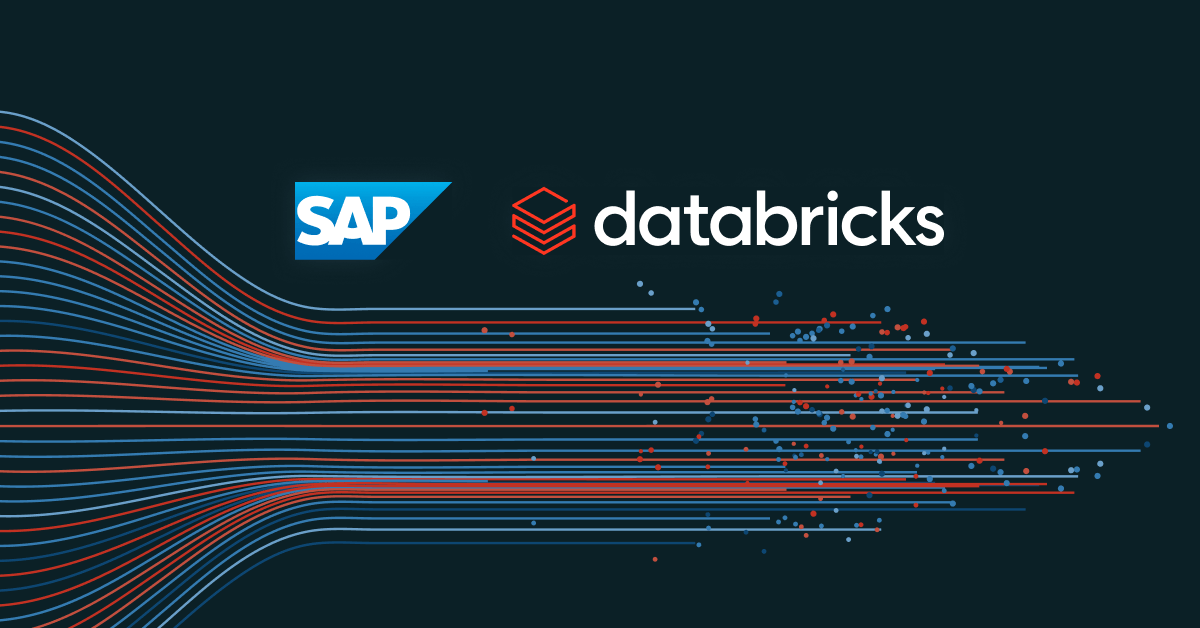
Discover how SAP and Databricks are revolutionizing enterprise AI by integrating business data and analytics in a unified cloud platform. Learn the latest updates and benefits of this powerful collaboration.
In today’s digital-first world, artificial intelligence (AI) is not just a buzzword—it’s a cornerstone of competitive enterprise strategy. But AI is only as powerful as the data behind it. That’s why the recent collaboration between SAP and Databricks has become a pivotal development for businesses striving to become AI-ready. By combining SAP’s business-critical data with Databricks’ real-time analytics and data lakehouse architecture, enterprises now have a game-changing opportunity to unlock the full potential of their data in the cloud.
A Powerful Partnership: SAP and Databricks
SAP is a global leader in enterprise resource planning (ERP) software, managing operational data across finance, supply chain, HR, and more. Databricks, on the other hand, is a leading unified analytics platform built around Apache Spark, designed to unify data engineering, data science, and machine learning.
The partnership aims to bridge the gap between SAP’s structured business data and Databricks’ scalable, real-time analytics capabilities. This means organizations can now integrate SAP data into Databricks’ lakehouse platform, enabling more sophisticated AI and machine learning (ML) workflows without compromising data governance or compliance.
What’s New: Lakehouse for SAP Data
In June 2025, Databricks launched its Lakehouse for SAP, offering native connectors that seamlessly ingest SAP data into the Databricks Lakehouse platform. This release simplifies what was previously a highly complex and fragmented process of extracting, transforming, and loading (ETL) SAP data for analytics and ML.
This integration enables:
- Real-time synchronization of SAP data with Databricks.
- Low-code tools for data transformation and modeling.
- Seamless use of SAP data in ML pipelines, analytics dashboards, and LLM-based applications.
The new Databricks Lakehouse for SAP aligns with SAP’s ongoing RISE with SAP cloud strategy, reinforcing the push for cloud-native, modular, and intelligent enterprise systems.
Key Benefits for Enterprises
1. Unified Data Access
Traditionally, SAP data lived in siloed systems, limiting its accessibility to data scientists and analysts. This partnership enables access to SAP data alongside other enterprise datasets in a single, unified environment.
2. Accelerated AI and ML Initiatives
AI models need clean, structured, and accessible data. With SAP data flowing directly into the Databricks Lakehouse, businesses can quickly train and deploy predictive models on crucial metrics like inventory demand, customer churn, and revenue forecasting.
3. Improved Decision-Making
Merging real-time analytics from Databricks with transactional SAP data empowers business users with actionable insights. Whether it’s through advanced dashboards or automated decision systems, this collaboration enhances operational intelligence.
4. Cost-Efficiency and Scalability
By eliminating the need for extensive ETL pipelines and enabling data governance at scale, the integration significantly reduces infrastructure overhead and complexity, making it a more cost-effective solution for large enterprises.
Real-World Applications
- Retail: Predict customer preferences by analyzing SAP sales data alongside external trends.
- Manufacturing: Optimize supply chain operations using real-time updates from SAP ERP.
- Finance: Enhance risk modeling and fraud detection using historic SAP financial data in machine learning models.
Future Outlook
The SAP-Databricks alliance signifies a major step toward data-centric AI in the enterprise. As generative AI tools continue to mature, organizations with clean, real-time, and interconnected data will be the ones to capitalize fastest. By enabling end-to-end visibility and analytics across SAP data, Databricks empowers businesses to innovate smarter, faster, and at scale.
SAP has also hinted at expanding interoperability with other modern data platforms and AI tools, ensuring long-term flexibility for enterprise customers. Combined with Databricks’ rapid momentum—especially after its recent acquisition of MosaicML and commitment to open-source ML frameworks—the future looks bright for AI-ready business clouds.
Conclusion
The collaboration between SAP and Databricks is more than a technical integration—it’s a strategic shift toward AI-first enterprises. By unlocking SAP data for real-time analytics, predictive modeling, and intelligent automation, organizations can transform how they operate, compete, and grow in an AI-driven world.


Leave a Reply